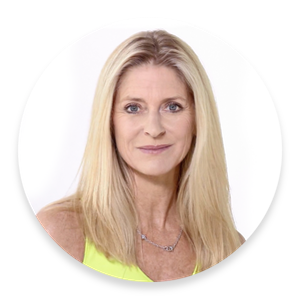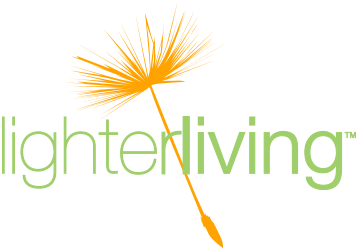Common Mistakes made while performing Aeropilates HUNDRED
The HUNDRED has been long considered the exercise that Joseph Pilates was most renowned for. Even though it engages almost all the muscles of the front (abs) and back, it is primarily a breathing exercise.
Where we normally try to maintain neutral spine while performing Pilates, The Hundred requires the upper body to be flexed forward and the head lifted so it is almost impossible to perform this movement without imprinting the spine.
The exercise begins with your hands in the straps, lying supine on the platform. In my DVD's I teach it to you in four specific parts so as to assist with the correct coordination of abs, arms, head, and legs.
When you first begin, you place your legs in the tabletop/chair position which opens the chain after performing the closed chain Warm-Up Footwork and creates a stable pelvis. Your legs are bent so that your thighs are perpendicular to the floor. You begin with your arms raised at 90 degrees and as you begin to lower them to the platform it is most important to pull your shoulder blades together and down also creating stabilisation in the shoulder girdle. Your pelvis remains stable as you exhale, pulling your belly button down and into your spine. In this first part, your head and legs remain still.
Once you have established the ability to stabilise the shoulder girdle and pelvic girdle it is time to lift the head. As you lower your arms to the platform you simultaneously lift your head into a slight nod, as a natural extension of your spine, using the muscles in the back of the neck being careful to keep the shoulders down and back and the neck long. With each head lift, you lift your upper torso a little more until the points of your scapulas are barely touching the platform. Adding this head nod and upper torso flexion teaches you to maintain shoulder and pelvis stabilisation while lifting the head, all the while using the correct muscles of the neck to keep the head still.
Once you have established this ability to flex the neck and upper torso while pulling down on the straps, we further challenge your pelvic stability by extending the legs. Remember that the extension of your legs to 45 degrees involves engagement of the lower abdominal muscles and not the lower back or hip flexors. As the legs extend the torso lifts and in this forward flexed position your spine is imprinted and all abdominals are engaged.
Full Hundred is performed in this position: your head is a natural extension of your spine, upper torso is lifted, legs are extended and arms are reaching forward parallel to the floor. If you hold this position for a second you should feel long in the back of the neck without the front of your neck being too scrunched. Your arms also feel long with the energy coming down from the shoulder and out through the fingers. Both the upper and lower body is stable and your lower and upper abdominals are engaged.
You begin to pump the entire length of your arms, pivoting at the shoulder joint. Pumping up and down about three inches so that the platform moves. Breathe in for five counts and out for five. Pay attention to your belly to be sure that you are pulling it in and down and not out and up. Ten sets of ten counts make up the Hundred that gives this exercise its name. Once completed your body is warm, blood is flowing and you are ready to perform the major mobilising and strengthening exercises.
 written by Marjolein Brugman
written by Marjolein Brugman
Marjolein Brugman is the founder of lighterliving and Aeropilates. “lighterliving is a movement and lifestyle choice we can all make. Let’s make it simple – make one decision a day to be better and watch the small steps lead to big changes. Eat smart, stay active, and you’ll live to feel a lighter life."

